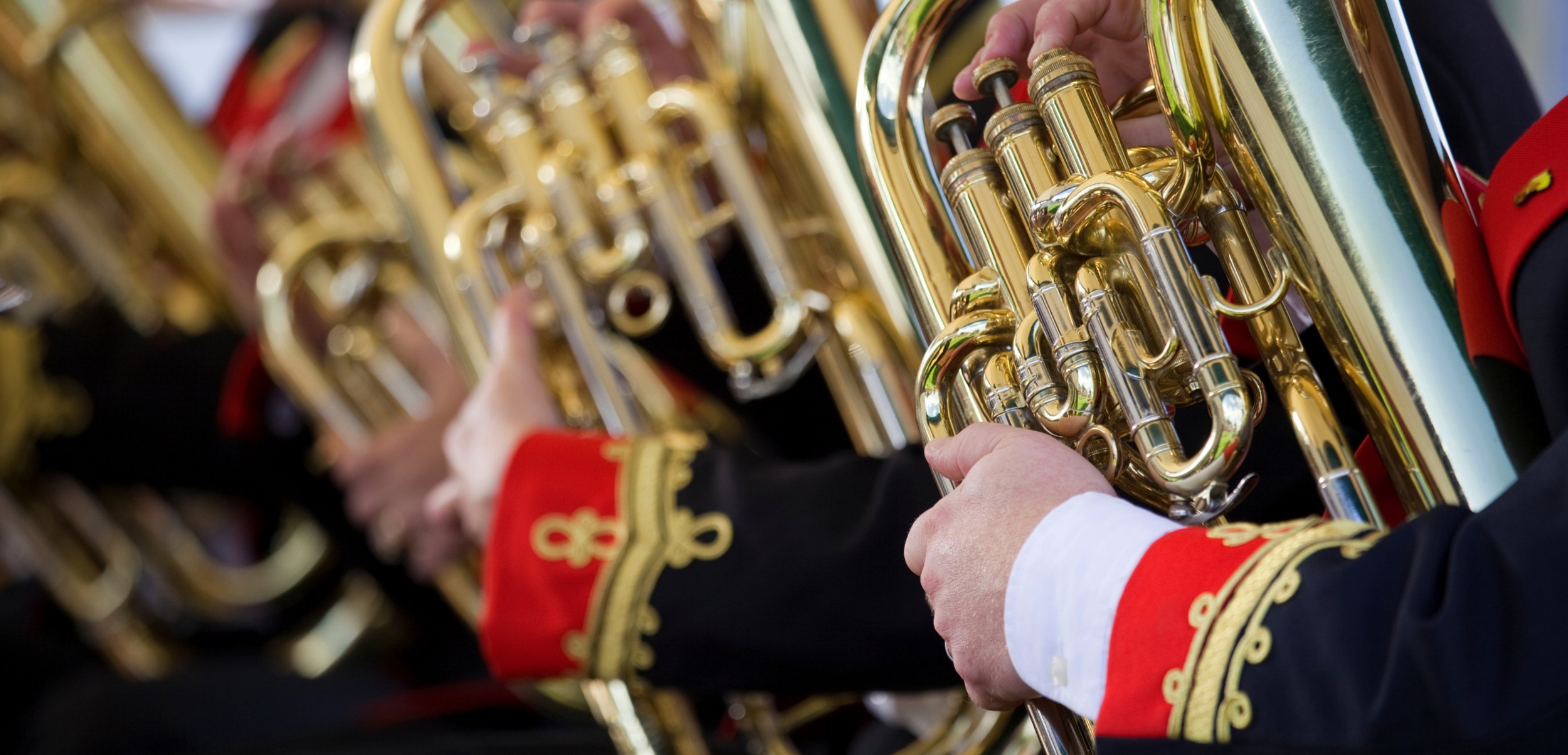
Brass Band
Perihelion: Closer to the Sun
Grade 6 | 19 Mins
Perihelion was commissioned by the Cory Band as their own-choice piece for the 2013 European Brass Band Championships, held in Oslo, Norway. Winning the set piece section of the contest and coming second to Eikanger-Bjorsvik Musikklag with their own choice selection, Cory went on to become European Champions for the fifth time.
Cory MD Philip Harper had asked for a ‘Concerto for Band’ to fully exploit his outstanding band of virtuosi, and composer Philip Sparke created a one-movement work with contiguous sections, first featuring horns and flugel, then trombones followed by cornets and a slower central section for percussion and baritones, euphonium and basses.
The piece is abstract in nature, without a specific programme, and the title merely reflects the fact that the piece was begun on January 2nd 2013, the day of Earth’s perihelion – the point in its orbit when it is closest to the sun. It could also be argued that the piece weaves between moments of brilliant optimism and dark shadow, both of which can be the result of bright sunshine.
Perihelion opens with nervous energy, percussion playing an integral part in the build-up to a full-band climax. A florid euphonium solo evolves dramatically to introduce the horns, whose featured section is in the form of a characteristic caccia. The trombones interrupt with a chorale followed by solos for all three players, leading to a quasi-Wagnerian climax. The cornets share a bright, French-flavoured scherzo, muted filigree lines interweaving with hints of Ravel and Dukas. This is followed by a plummet into shadow as euphoniums and baritones take the cornet figuration into an abyss. Enigmatic interpolations by tuned percussion lead to a chorale for the low brass culminating in a forlorn euphonium solo, which becomes increasingly agitated as the whole band leads to a dramatic silence.
A moment of quiet reflection follows, leading to a series of muted pppp chords for the whole band. As the mood reaches its darkest point the opening of the piece returns, like the sun shining through a chink in the clouds, to usher in the finale. This is in the form of a bustling fugato which, after a brief quote from Holst’s Mercury and Venus (the two planets closer to the sun than the Earth), centres around a modal theme hovering rhythmically between 6/8 and ¾ and eventually gaining momentum to bring the work to a shattering close.
